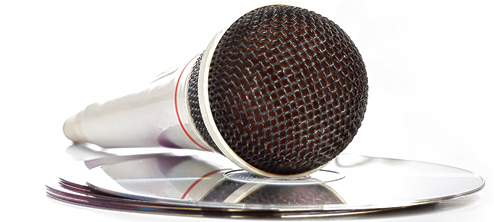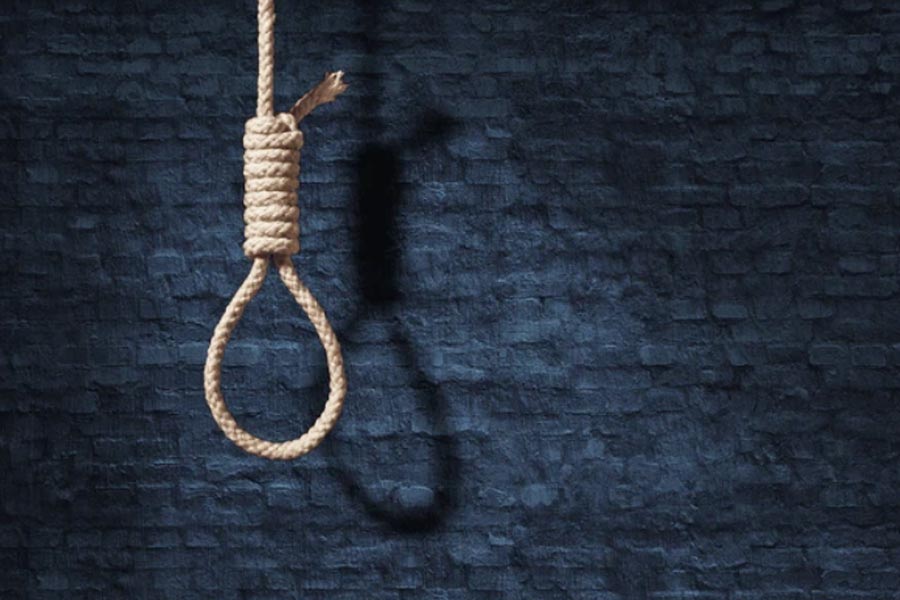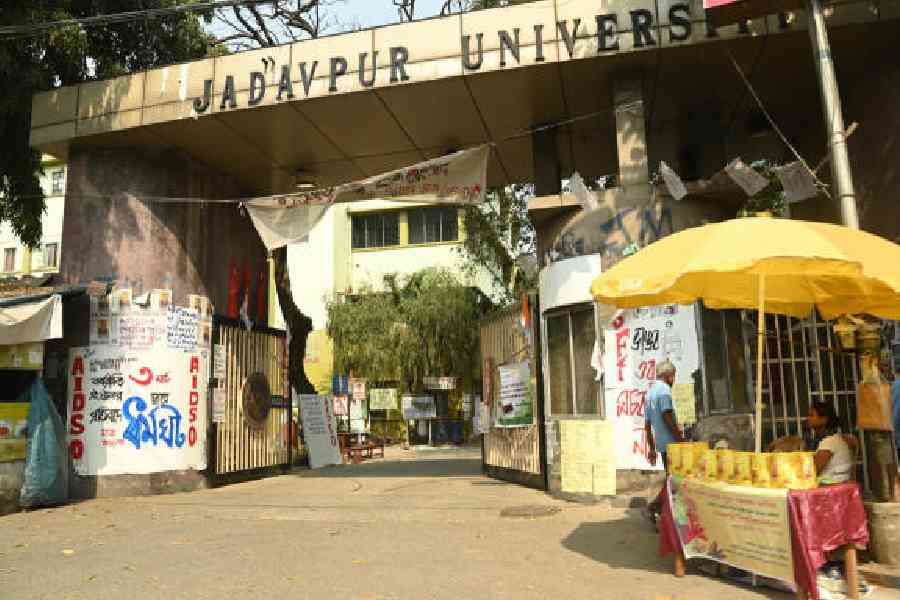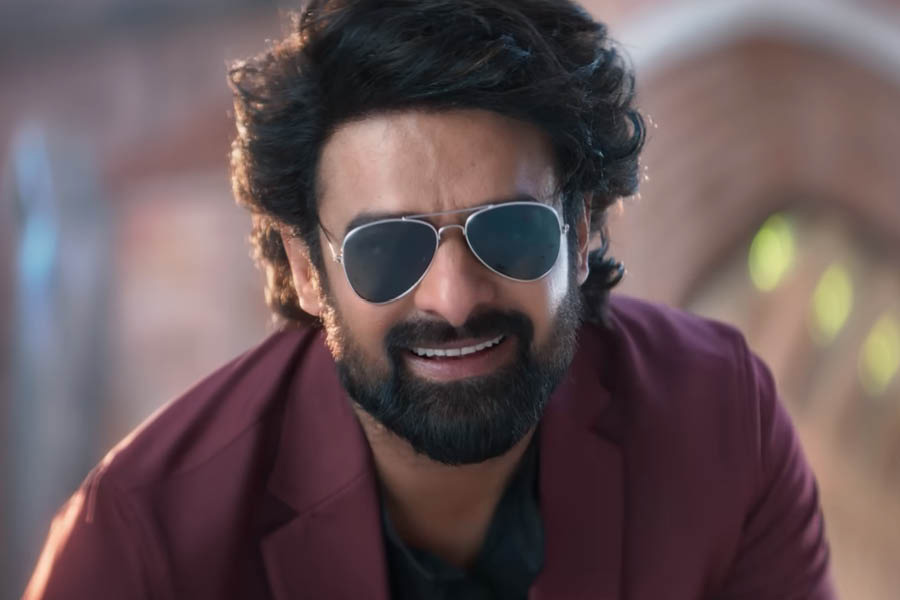Shaun the Sheep, the British children's animated television series that has been running since 2007, is now as desi as it gets. Shaun and his flock live in Shaunpur, the sheep have such names as Sarju, Birju and Mausi, and they speak in — what else — Hindi. Needless to say, Indian children are lapping up the antics of Shaun and his flock in their very own desi lingo.
But it's not just Shaun the Sheep. A raft of foreign films and cartoons is being made India-ready — and dubbed in local languages. So you can watch Penguins of Madagascar in Tamil, or Ninja Hattori in Telugu and numerous others in Hindi. What's more, many of the characters sound like Bollywood stars — a Shah Ruth Khan, an Akshay Kumar, a Sunny Deol or a Paresh Rawal. It's an inspired move, no less, and it's been a great hit with the kids.
The result: the demand for dubbing artistes has shot through the sky. If you can do a good voice over, or mimic the voice of a Shah Rukh or a Sunny Deol, why, there is now enough work to keep you busy — and well-heeled.
Though Western cartoons had began dubbing in Hindi way back in the early Nineties, it took a couple of dragons to really get the trend going. Dragon Tales in Hindi was a hit from day one. Whether it was Make Way for Noddy or Shin Chan, their Hindi versions made the TV channels laugh all the way to the bank.
One of the first dubbed foreign TV shows for children was Small Wonder that chronicled the family of a robotics engineer who creates a robot girl and introduces her as their adopted daughter.
A 10-year-old child artiste called Prasad Barve, who dubbed Reggie Williams, the black boy who is Jamie Lawson's friend in Small Wonder, is now a 32-year-old film artiste. He is the Pyaare in Pritam, Pyaare aur Woh but he is also the voice of Po, the lovable panda in the Kung Fu Panda films.
Barve, who has been Daffy Duck, Scooby Doo and the voice of Mickey Mouse on Cartoon Network, says, 'One has to match the voice and maintain the quality of the original. You have to keep listening to the original and also match your voice to the performance.'
Among the early birds who saw the potential for turning cartoons and films into Hindi and other regional languages was the production house UTV. Most of the vendors of the programmes who scout for dubbing artistes came from the UTV stable — such as Leela Ghosh who started the Sound & Vision Company and Eliza Lewis who began MainFrame Communications, which did the Harry Potter dubbing. The spells were in Sanskrit, of course!
The man who set the ball rolling for the peppy Hindi dialogues was, of course, Jaaved Jaffery, who many moons ago, dubbed Takeshi's Castle, a Japanese game show. Then it fell to Nickelodeon to change cartoon viewing in India forever. For the show Oggy and the Cockroaches, the channel roped in Saurav Chakrabarti, a comedian who had done such comedy shows as Laughter Challenge and Comedy Circus, and gave him the freedom to write the dialogues. Chakrabarti handled all the voices in Oggy and the Cockroaches. Oggy, the blue cat, got the voice of Bollywood star Shah Rukh Khan, his brother was Sunny Deol and the other cockroaches are Paresh Rawal, Suniel Shetty and Akshay Kumar.
Says Nina Elavia Jaipuria, executive vice-president & business head — Kids Luster, Viacom18 Media Pvt. Ltd, 'Nickelodeon believes in creating compelling storytelling to entertain kids of all age groups. We mimicked the voices of Bollywood actors who added familiarity to the show amongst kids in the entire country. We have gone ahead with this trend for Shaun the Sheep on our channel too.'
Indeed, even when the show shifted to Cartoon Network, and Chakrabarty left it, the popularity of the Bollywood voices forced the channel to continue with them — although new dubbing artistes had to be recruited to keep the voices going. Last heard, Oggy and the Cockroaches was getting to be more popular than the antics of Tom and Jerry.
Though Shin Chan was the first cartoon show to venture into Bollywood land — Shin Chan sings parodies of popular Bollywood hits — today it's those archetypal actor voices that are the most sought after. Not everyone makes the cut, of course. The voices that top the popularity stakes are those of Sunny Deol, Shah Rukh Khan, Paresh Rawal, Arshad Warsi, Shakti Kapoor, Shatrughan Sinha, Suniel Shetty, Gulshan Grover, Amrish Puri, Saif Ali Khan, Mithun Chakraborty and Ajay Devgn.
Parminder Ghumman boasts a fine baritone and often does the voice of Om Puri or the late Amrish Puri. Ghumman was also the voice of the Megatron in the Transformer films and has dubbed in the Incredible Hulk films and the X-men series on TV. 'I tell newbies not to treat this as time pass. You have to know that certain characters can only be done by you,' he says.
However, the best voices in the industry are of the opinion that the dubbing industry is now plateauing out. 'Twenty years back when Discovery gave out its first dubbing assignment the money was good — Rs 1,30,000 per episode. Now they pay Rs 30,000 to Rs 35,000 per episode and in some cases, it is even Rs 18,000 per episode,' says Ghumman.
Some say that the standard of dubbing has gone down because of the budget cuts. As Ghumman points out, 'The quality of dubbing has been compromised as budgets have been tightened. Freshers have come in who are ready to work at the lowest price. I know instances of budgets going from Rs 18,000 per episode to as low as Rs 8,000.'
Many artistes blame fly-by-night vendors for the often substandard quality of dubbing. While big dubbing studios like Sound and Vision, Main Frame, Blue Whale, Jai Hind are popular, a few others have given the industry a bad name. According to Ghumman, in a bid to cut costs, some unscrupulous vendors even tell the channels that a particular artiste is not available and get a newcomer to do the job for very little money.
-

Toon story: (From top) Parminder Ghumman, cartoon characters Oggy and Shaun the Sheep
It's not just the quality of the dubbing. Some parents complain of the stereotyping of dialogues and the similarity of the tone and tenor of all the children's programmes. 'I am from Lucknow and I don't like the rampant street lingo that these children's programmes use. I think dubbing is an art and while some programmes make more sense after dubbing, others are rubbish. There is no message, no art and children are prone to pick up the wrong sort of language from them. We will have an entire generation that will speak crassly to their parents and to everybody else,' says Amrita Tiwari, a distressed, Mumbai-based mother of an eight and a 12-year-old who are addicted to animes on TV.
Meena Goculdas, who is the voice of Mrs Jetson in the Jetsons, Betty Rubbles in Flintstones, Martha Monkey and Mrs Skittles in Make Way for Noddy, Daizy in Oswald and the wicked stepmother in Snow White, has been dubbing for 20 years. She is very talented and can imitate anybody, including animals. But when you talk to her about dubbing, she says, 'It is disgusting. For 20 years, there has been hardly any upgradation in the pay packets of dubbing artistes.'
Saurav Chakrabarti says that though the payment model was not good for voice over artistes, 'Mujhe paise dene mien woh majboor ho gaye (People were forced to pay me).'
Clearly, not everyone in the dubbing industry has been as lucky as Chakrabarti. The boom time is holding, but only just.














